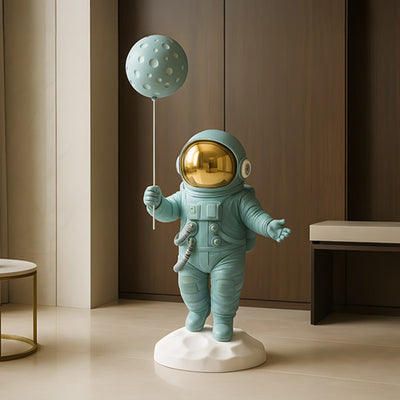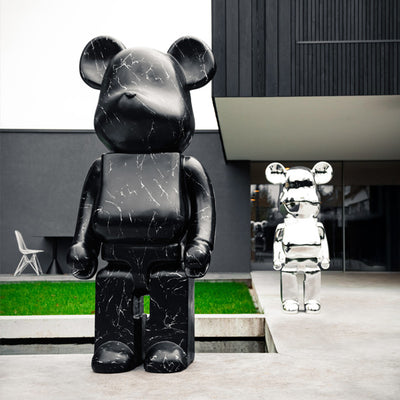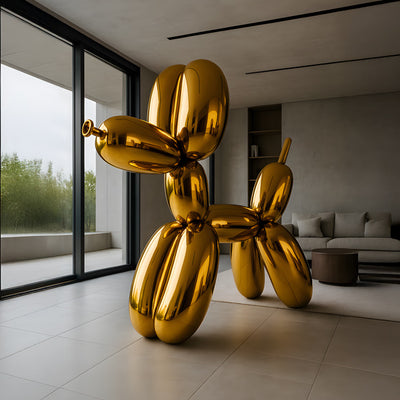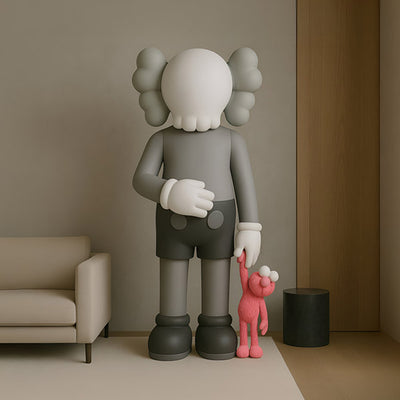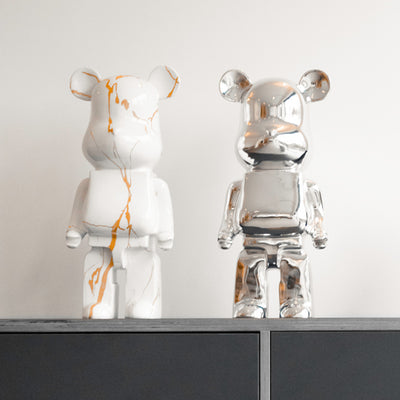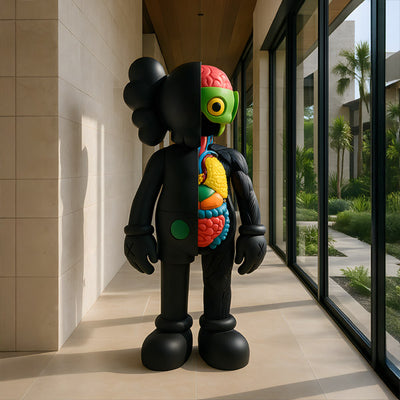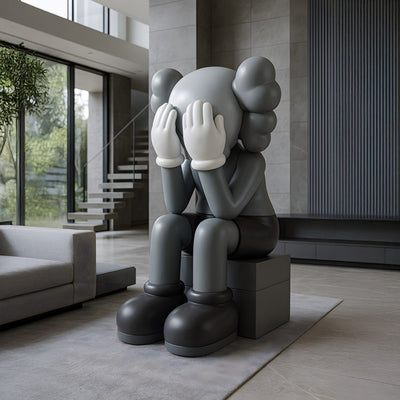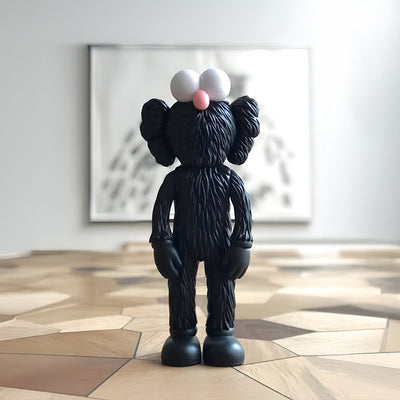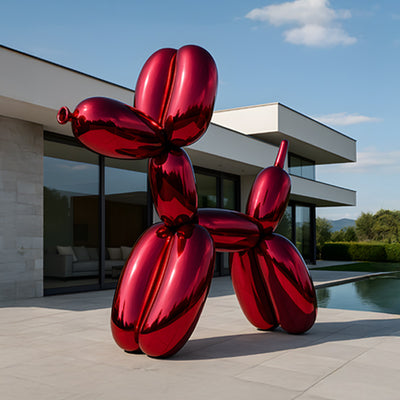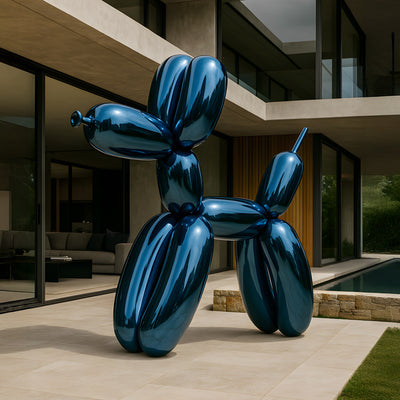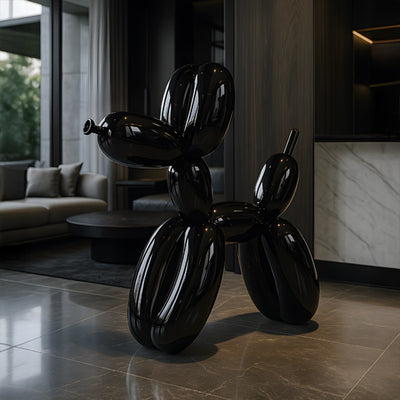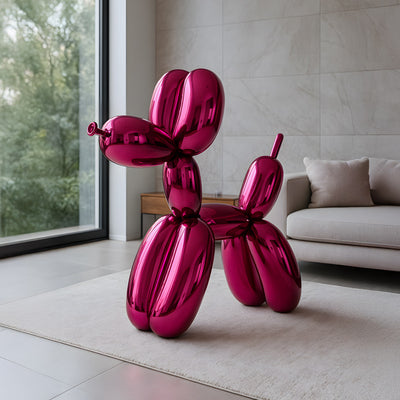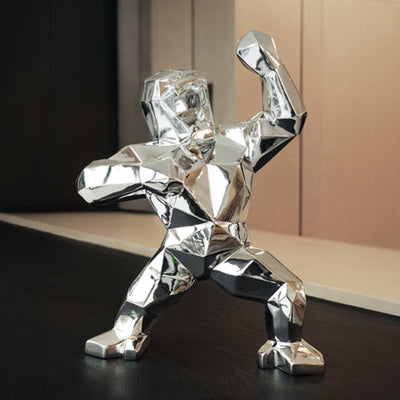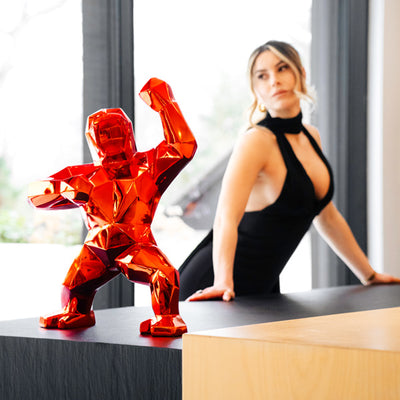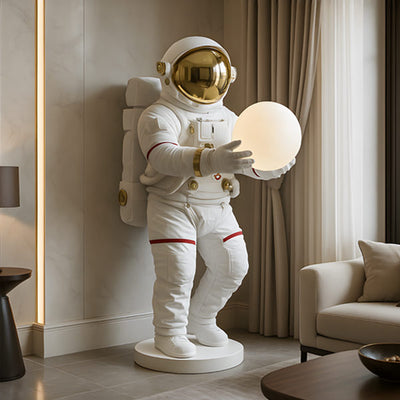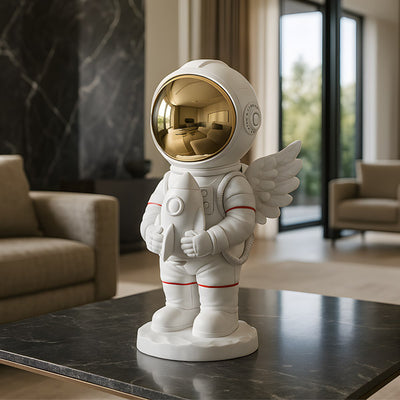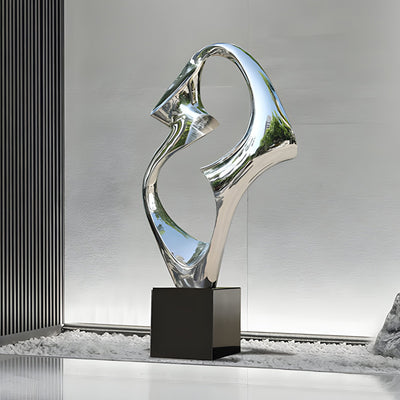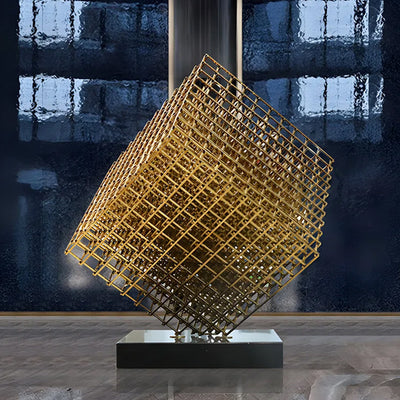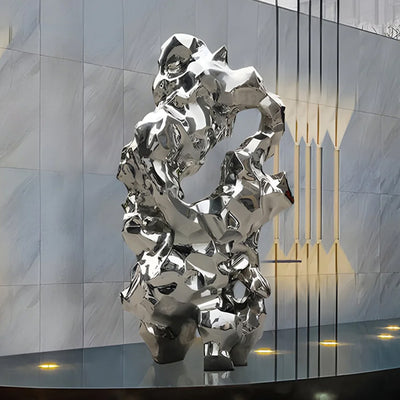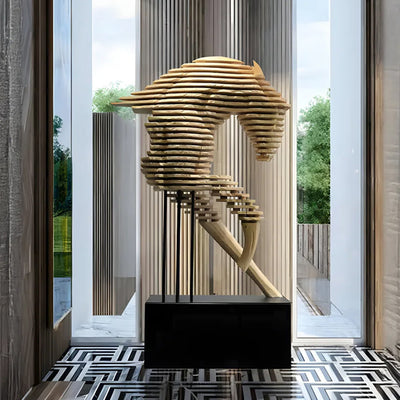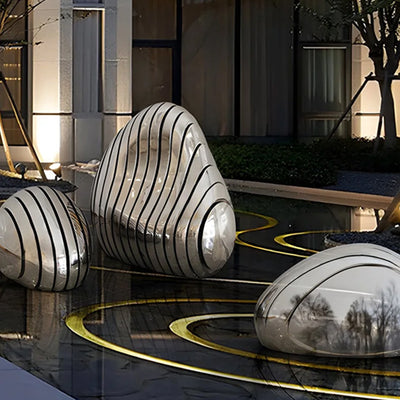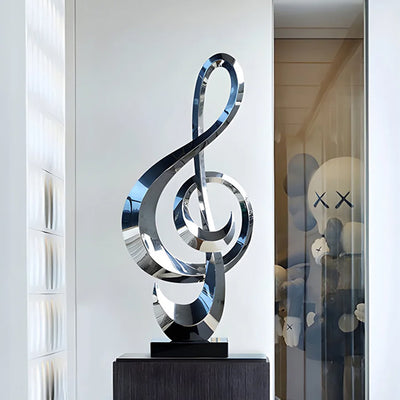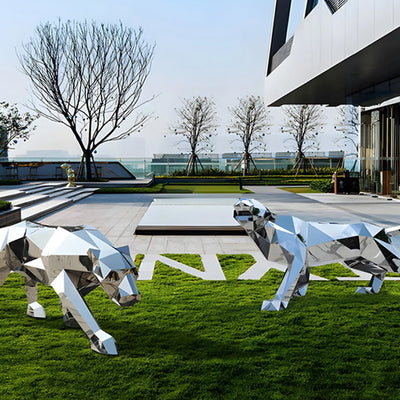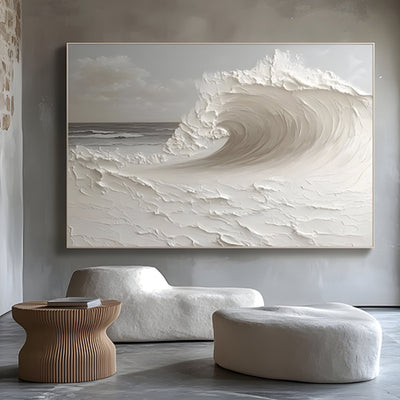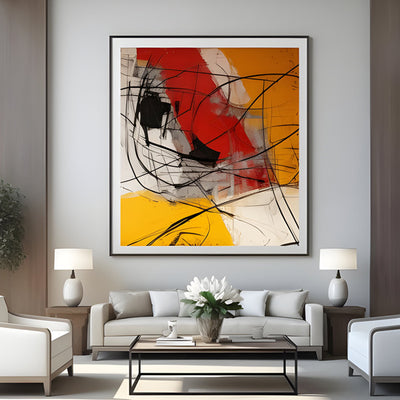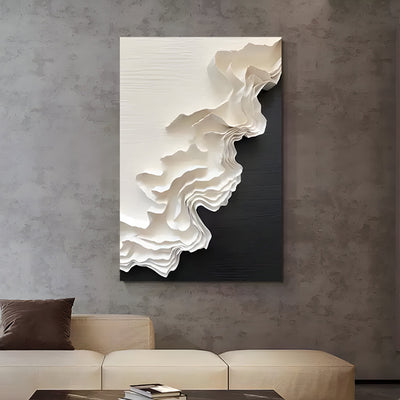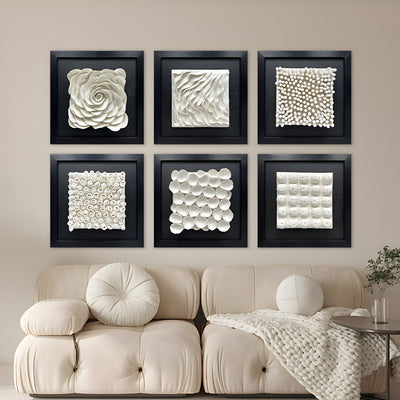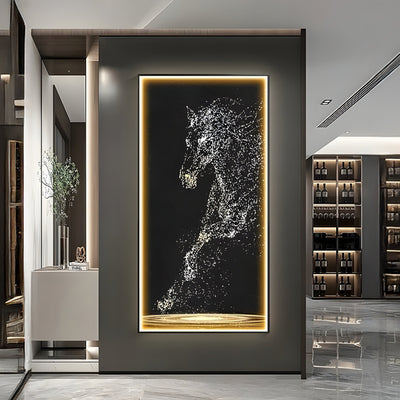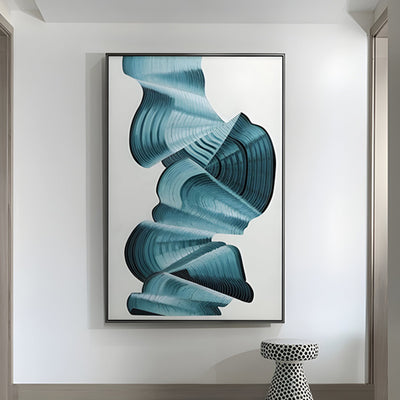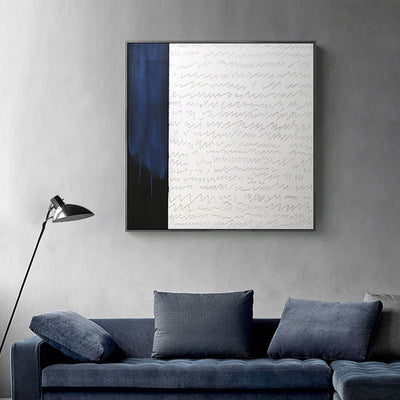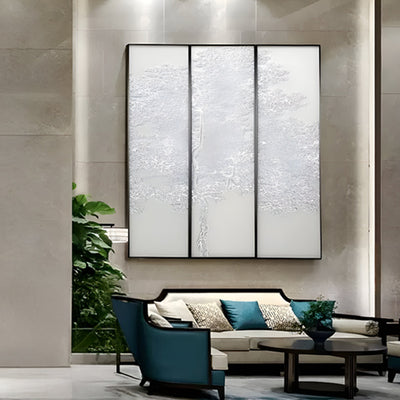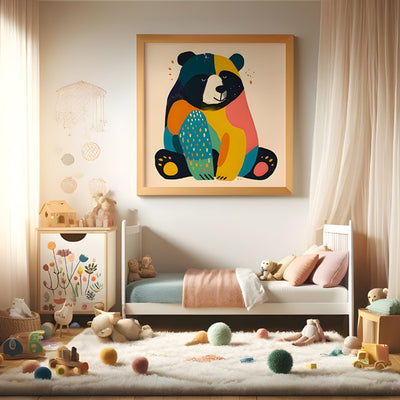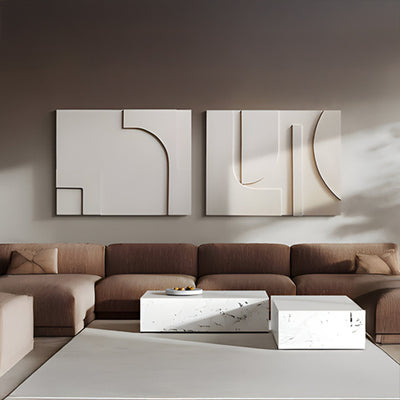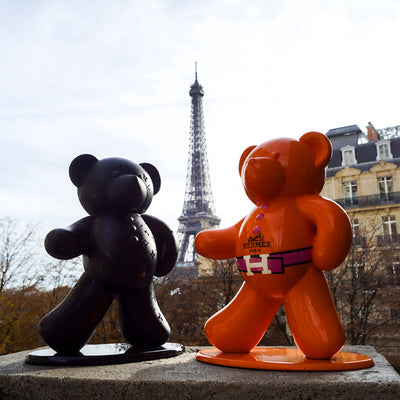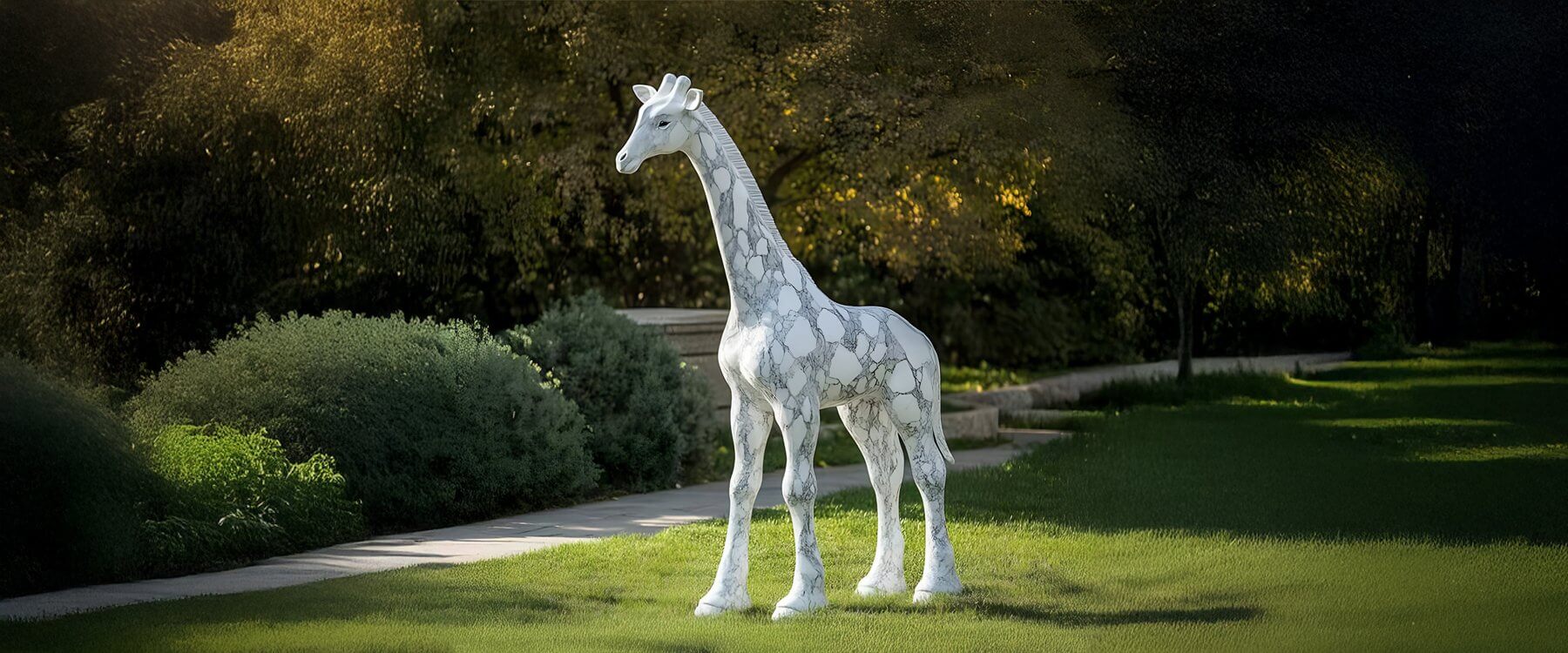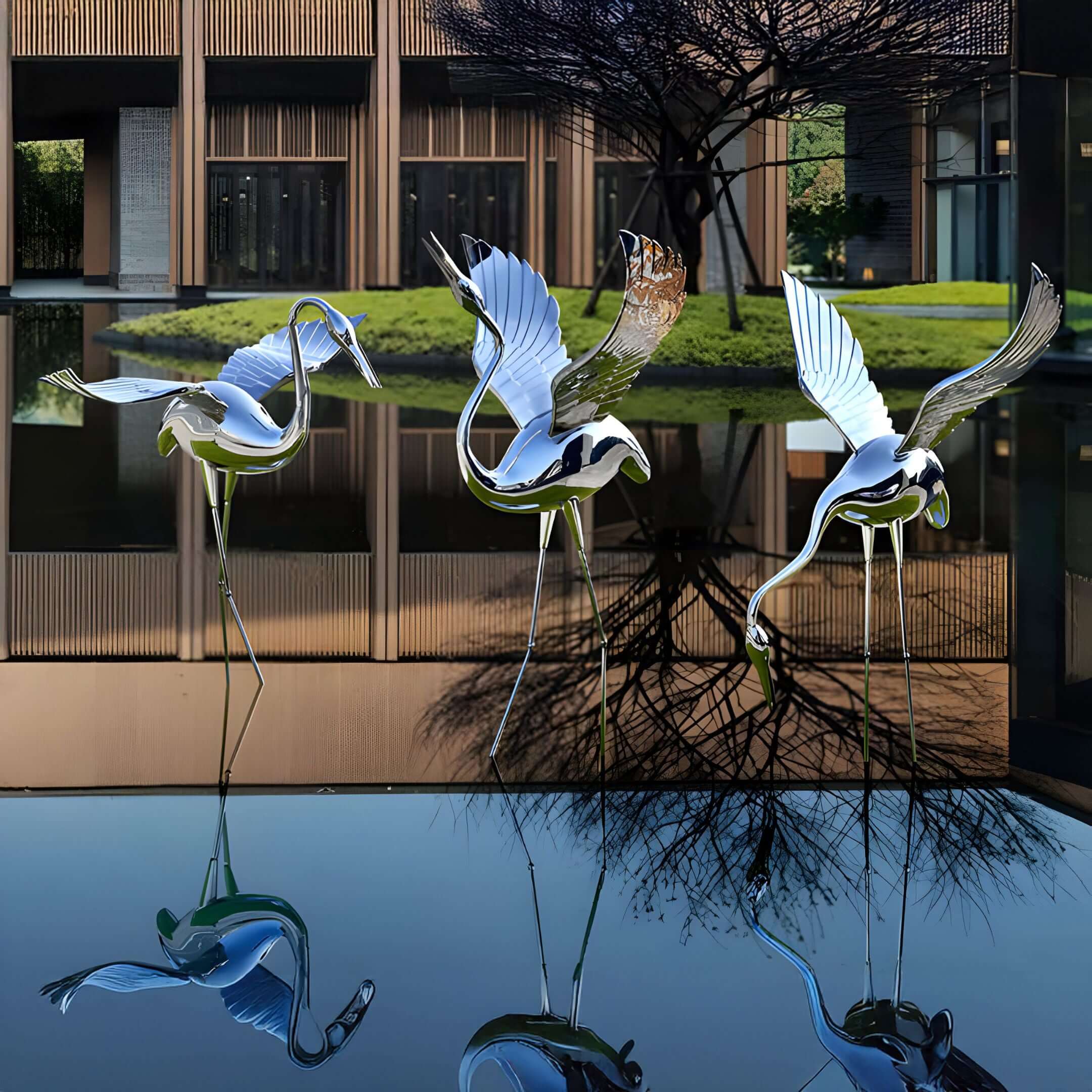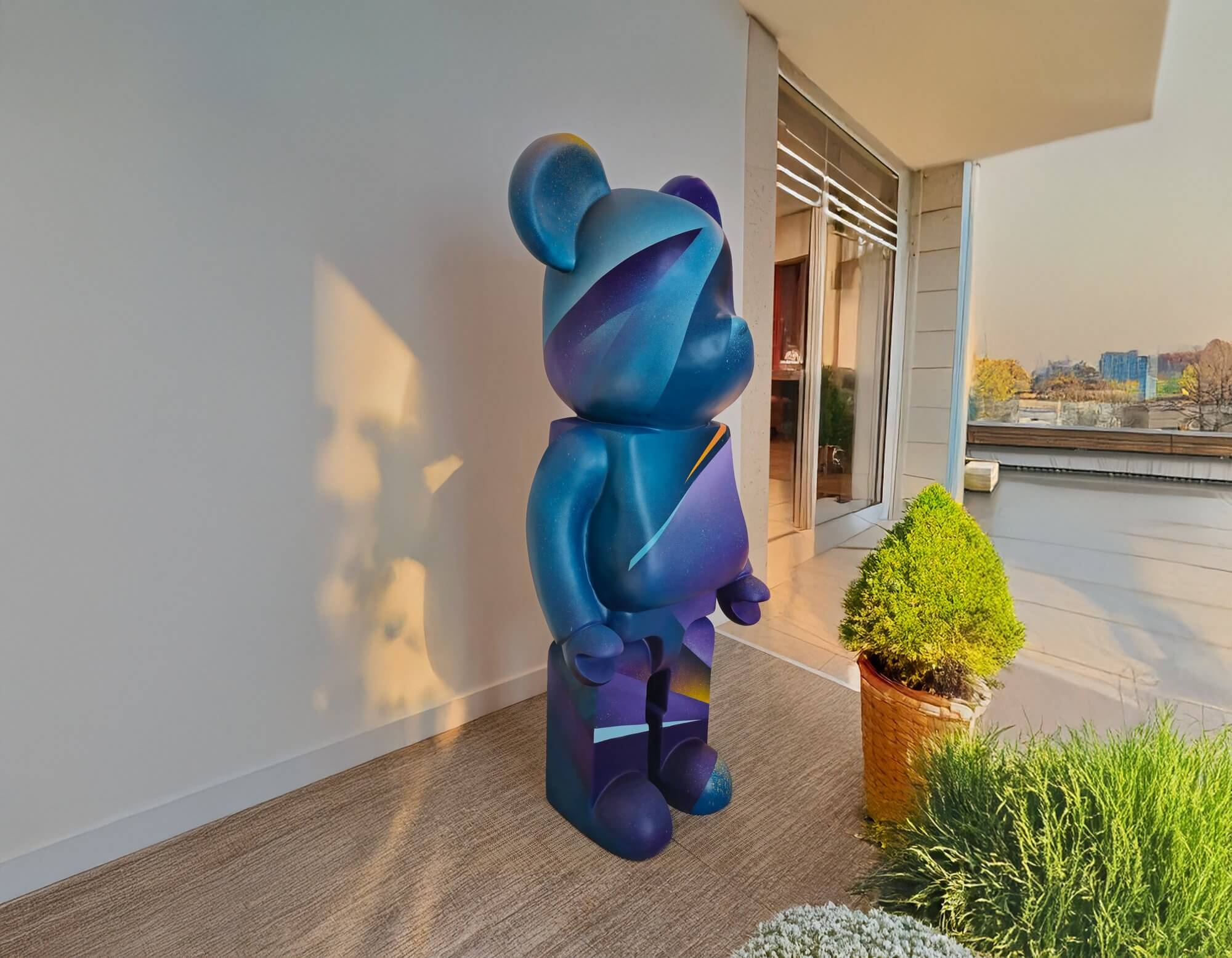Wildlife sculptures play a vital role in transforming public and private spaces into living tributes to nature’s most revered creatures. These artworks not only serve as stunning decorative pieces but also encapsulate the spirit of iconic animal species - from robust gorillas to majestic elephants, honouring both their physical presence and cultural symbolism. Combining artistic innovation with traditional craftsmanship, wildlife sculptures bridge the gap between art and conservation, making them essential for collectors who value heritage as well as aesthetic appeal. In this article, we explore the meaning behind these compelling art pieces, their design and technique, and examine standout examples that celebrate our planet’s extraordinary fauna, and examine their impact on conservation and cultural dialogue.
The Essence of Wildlife Sculptures
Wildlife sculptures are art forms that transform natural subjects into enduring visual expressions. These pieces capture the character and beauty of animals using various materials and techniques that range from classical stone carving to modern mixed media.
Defining Wildlife Sculptures
At its core, wildlife sculpture involves the creative interpretation of living creatures. Artists work with materials such as bronze, marble, resin, and even wood to craft representations that highlight unique features, be it the powerful stance of a bear or the graceful form of a giraffe. The process often combines both precise detail and creative abstraction, allowing each sculpture to convey movement and emotion. Whether the resulting work is realistic or abstract, it remains a celebration of nature’s artistry.
The Significance of Iconic Animal Species
Certain animals have long held symbolic meaning in various cultures. Iconic species like gorillas, bears, and elephants are revered for their strength, wisdom, and majesty. Their representation in sculpture goes beyond aesthetics; it embodies cultural narratives and conservation messages. When these animals are immortalised through art, they remind us of our connection to nature and the importance of preserving biodiversity. This dual focus on beauty and advocacy makes wildlife sculptures especially compelling to art lovers and conservationists alike.
Design and Technique: Crafting Nature’s Icons
The creation of wildlife sculptures requires a skilled blend of traditional craftsmanship and modern artistic interpretation. The design elements and methods used help define the character of these iconic artworks.
Materials and Methods
Artists employ a wide range of materials in the creation of wildlife sculptures:
Bronze and Marble: Traditional mediums like bronze and marble continue to be favoured for their durability and timeless beauty. These materials lend to classic sculptures and evoke a sense of historical continuity.
Modern Alternatives: Contemporary sculptors often use resin, wood, or even digital fabrication methods to create pieces that are both innovative and unique. For example, stainless steel sculptures can capture a futuristic aesthetic while maintaining a robust, tactile quality.
The techniques used vary from delicate hand-carving and precise chisel work to mixed media approaches that combine digital art with traditional methods. The result is a diverse array of artworks that reflect both the precision of classical techniques and the spontaneity of modern design.
Artistic Interpretation and Style
Artistic style plays a significant role in how animal subjects are portrayed. Some artists lean towards realism, capturing every detail of an animal’s physique, while others adopt a more abstract approach to evoke emotion through form and colour. For example, a realistic sculpture of an elephant can highlight intricate anatomical details, whereas an abstract piece might distil the animal’s essence into fluid, expressive lines. Geometric sculptures that incorporate angular forms can offer a modern, almost futuristic representation, blending with contemporary interiors. The diversity in style allows collectors to choose pieces that resonate with their personal taste and the atmosphere they wish to create.
Balancing Realism with Creativity
The most impactful wildlife sculptures often strike a fine balance between realistic representation and creative expression. While precise detail can serve to honour the physical beauty of the animal, a degree of creative abstraction adds a unique interpretative layer to the work. This balance enhances both the visual appeal and the emotional depth of the sculpture, inviting viewers to engage with the art on multiple levels. In this way, the artwork not only stands as a decorative object but also as a catalyst for reflection on the natural world.
Featured Examples: Iconic Wildlife Sculptures
Curated selections of wildlife sculptures serve as prime examples of how these works capture the spirit of nature’s majestic creatures. Below are a few standout pieces that celebrate different iconic species:
Gorilla Grandeur
Gorilla sculptures embody strength, dignity, and soulful presence. These works highlight the rugged textures and powerful presence of gorillas. Crafted often in bronze or marble, they capture the intense gaze and commanding posture of these noble primates. The raw form and tactile finish communicate both power and vulnerability, reflecting the complex character of these magnificent animals.
Bear Brilliance
Bear sculptures offer a dual narrative, representing not only the formidable strength of the animal but also a gentler, more contemplative side. With bold lines and expressive forms, bear sculptures can evoke a sense of rugged beauty and natural resilience. Whether rendered in a realistic style or through abstract interpretation using resin or wood art, these pieces make a striking addition to any collection, symbolising the balance between ferocity and tenderness.
Elephant Elegance
Elephant sculptures are renowned for their graceful representation and intricate detailing. These works capture the majesty and wisdom of elephants, highlighting every curve of their imposing forms. Often created using techniques that emphasise natural textures and subtle colour gradations, the artistic heritage behind such pieces is deep, with many classic representations evolving into more contemporary designs that highlight both historical significance and modern innovation.
Giraffe Grace
Sculptures of giraffes focus on the unique beauty of these long-necked creatures, symbolising gentle strength and elegance. The elongated lines and delicate balance of geometric forms in such pieces emphasize the animal's graceful proportions. These works, often crafted in materials like resin or bronze, showcase how artistic innovation can capture the ethereal quality of nature’s most distinctive figures.
Lion Majesty
Lion sculptures embody regal power and leadership. Their bold design and robust form evoke the king of the jungle’s authority and commanding presence. Detailed carvings and dynamic compositions highlight the lion’s facial expressions and mane, creating artworks that are both fierce and poetic. These sculptures not only serve as standout statement art but also represent a timeless symbol of strength and nobility.
Other Iconic Species
In addition to the aforementioned examples, many artists capture the spirit of other iconic animals such as tigers, wolves, and even birds of prey. Each sculpture is crafted with attention to detail and a unique artistic perspective, contributing to a diverse collection that honours the natural world. This diversity reflects not only the range of animal sculptures available but also the rich cultural heritage embedded in these works. These pieces collectively demonstrate that wildlife sculptures can range from meticulously realistic to boldly abstract, catering to varied tastes and conservation messages.
Conservation and Cultural Impact
Wildlife sculptures not only adorn spaces with beauty; they serve as poignant reminders of nature’s importance and our responsibility to protect it.
Art as a Conservation Tool
Many wildlife sculptures are created with a conservation message in mind. By depicting endangered or iconic species, these artworks encourage viewers to reflect on ecological issues and the importance of preserving biodiversity. They function as visual campaigns, bringing attention to the plight of these animals and inspiring environmental action.
Cultural Resonance
In many cultures, animals hold profound symbolic meaning. These artistic sculptures capture this cultural heritage, honouring traditions and values that have been passed down through generations. Whether as a tribute to a revered species like the elephant or as a representation of the wild spirit embodied by the bear, these pieces connect viewers with a broader cultural narrative that spans history and geography.
Impact on Public and Private Spaces
The influence of wildlife sculptures extends beyond private collections. In outdoor settings, such as garden sculptures, they create dramatic visual landmarks that celebrate nature. In private interiors, they serve as sophisticated statement pieces that connect contemporary decor with a broader cultural narrative. Their presence in both private and public domains helps bridge the gap between art and nature, creating a shared space for appreciation and reflection.
Conclusion: Celebrate Nature Through Timeless Art
Wildlife sculptures offer a powerful investment opportunity by combining artistic innovation with cultural heritage. They serve as visual anchors that enhance modern interiors while simultaneously promoting a conservation message and celebrating iconic animal species. Whether you lean toward classic, meticulously carved works or prefer modern interpretations that push creative boundaries, these sculptures provide both aesthetic beauty and long-term value.
For those ready to explore the world of premium wildlife sculptures, we invite you to browse curated collections at Giant Sculptures. Discover exceptional pieces that capture the essence of nature’s most revered creatures and start building an art collection that stands the test of time.
